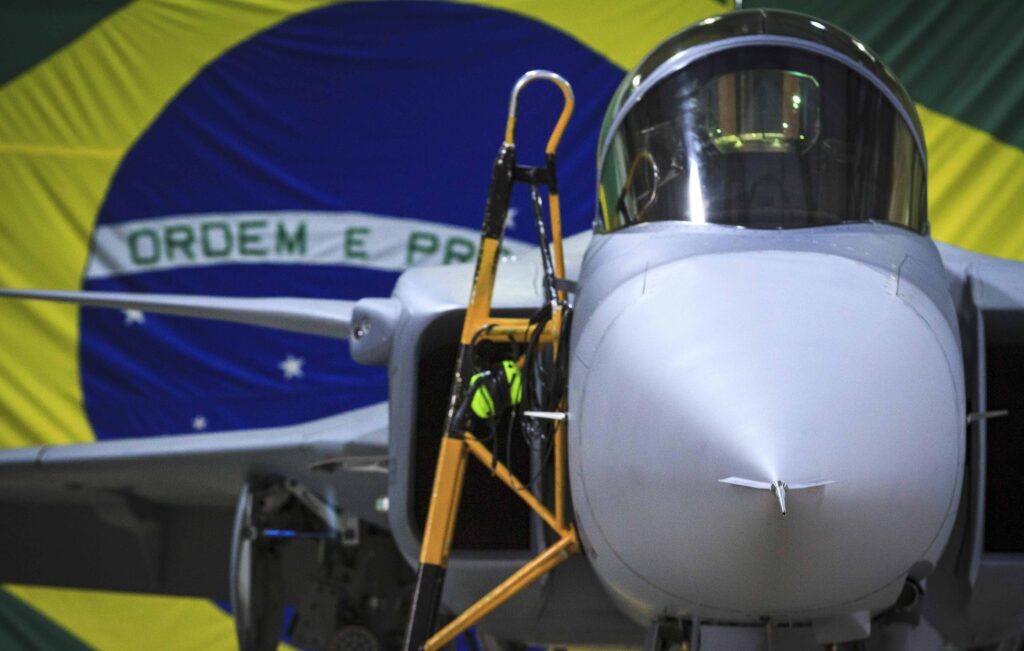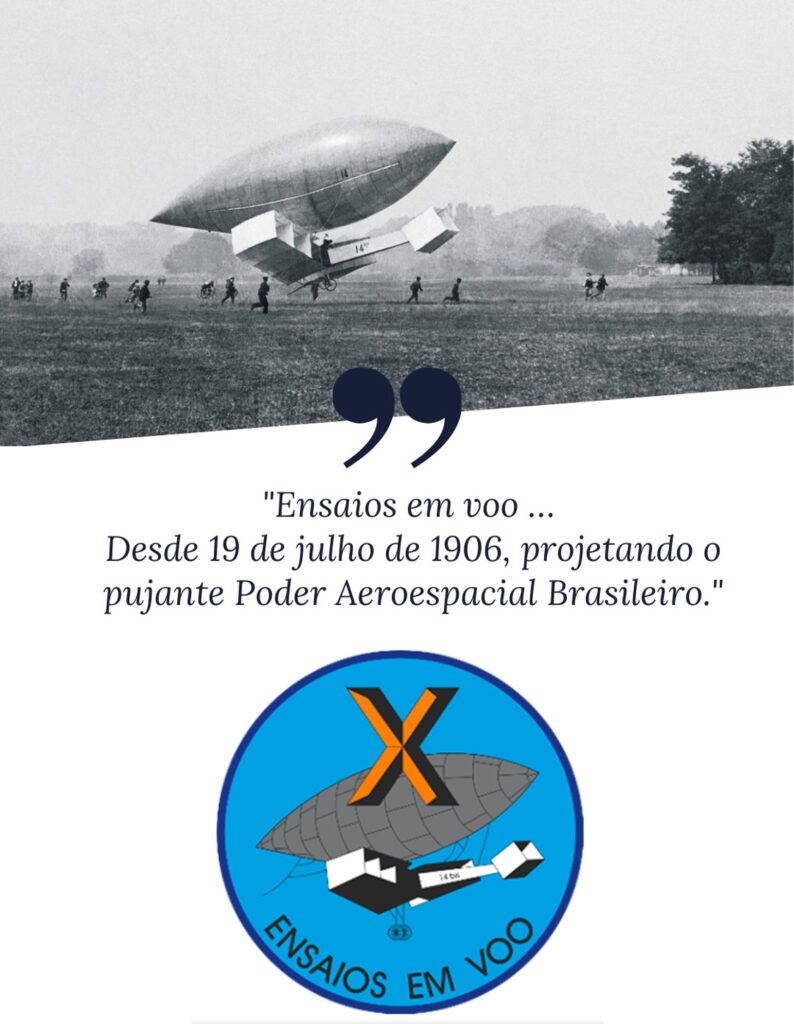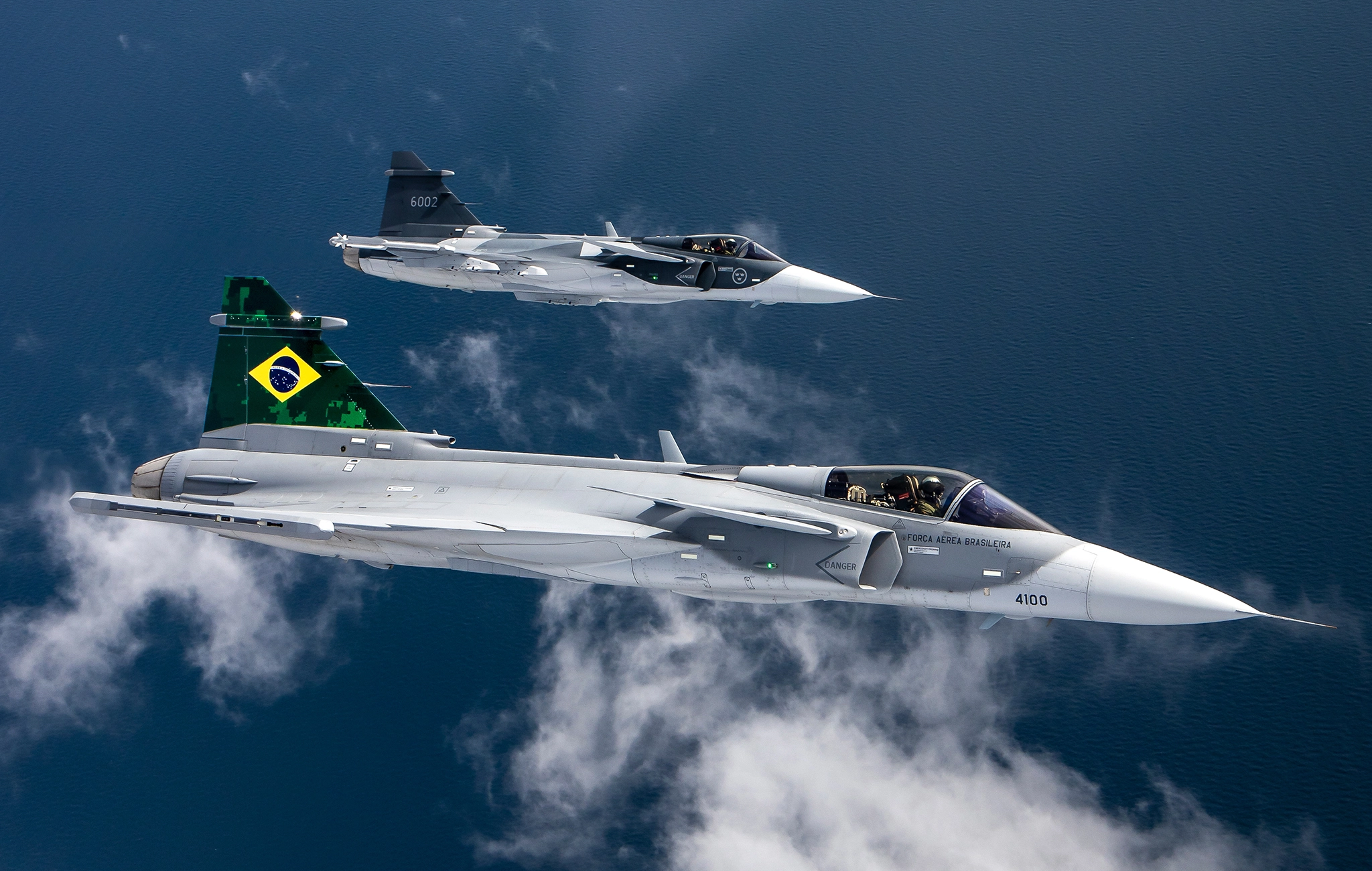Tests performed by the IPEV compose a joint information base used by Brazil and Sweden for the continuous improvement of the project
Agência Força Aérea – Revisão: Major Oliveira Lima
The effective delivery of the new F-39E Gripen multi-mission fighter jets to the Brazilian Air Force (FAB) required a series of actions. From the initial projects, financial ones, to the signing of the contract, in addition to the training of pilots through theoretical classes, flight and ejection simulators, with survival training in simulated sea and centrifuge, among others.
In all phases, the work of the Department of Aerospace Science and Technology (DCTA) through the Institute of Research and Flight Tests (IPEV), both located in São José dos Campos (SP), was essential to the success of the project.
In 2021, the first aircraft manufactured by Saab (a company based in Sweden) arrived in Brazil to start the Flight Test Campaigns. Since then, test flights of the aircraft continue to be conducted at Gavião Peixoto airport (SP), at Embraer’s Flight Test Center, with intense participation of DCTA.

In April 2022, the month in which FAB traditionally celebrates the achievements of Fighter Aviation, the first two Brazilian series units were received. These aircraft are in the final stages of testing to become part of the Air Force’s operational fleet.
Also bound for Gavião Peixoto, the aircraft were commanded by two pilots from IPEV, the Military Organization responsible for testing the Air Force aeronautical products and ensuring adherence to the requirements contracted with Saab, including those related to safety in the operation of the combat vector.

According to Major Airman Abdon de Rezende Vasconcelos, one of the pilots involved in receiving and testing the aircraft, Waterspray tests have already been performed, when the aircraft passes through a flooded runway and water is sprayed on the engines to test their efficiency in the aggressive conditions of a storm, systems tests and maturity flights, in which the full operation and systems of the aircraft are verified. In addition, more than 900 flights are planned, such as operational evaluation, with verification of the requirements foreseen in the contract, and more system tests, when they will test the Radar Warning Receiver (RWR), among others.
“All the data collected from the test flights make up a joint information base used by Brazil and Sweden for the continuous improvement of the project. The involvement of IPEV throughout the eight years of development of the aircraft and in the remaining tests will allow the integration of the project to the Air Force Operational Units and the use of the platform’s full potential with 100% safety,” says the Director of IPEV, Air Force Colonel José Ricardo Silva Scarpari.
The Air Force’s operational advances are achievements that recall the achievements of Santos-Dumont, the Father of Aviation and inventor of the 14-bis. The historic IPEV Military Organization Badge, worn on the flight suits of pilots and test engineers, perennially highlights the first test flight made by Santos-Dumont.


Before October 23, since July 19, 1906, Santos-Dumont predicted, tested, and compared data to ensure success in the first heavier-than-air flight.
IPEV’s activity repeats the methods in every flight test campaign carried out, whether in airplanes or helicopters, in which Air Force military men and women, with creativity and courage, arrive beforehand to predict, test and compare, ensuring the safe operation and continued success of the Brazilian Air Force’s aircraft.
Photos: Disclosure
*** Translated by DEFCONPress Team ***
